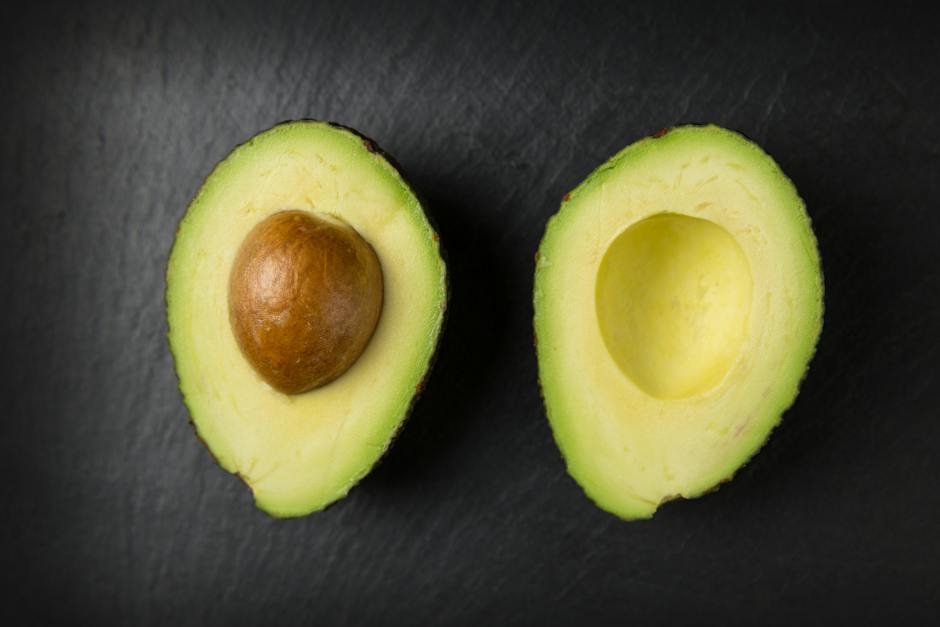How to Make Avocado Oil: A Comprehensive Guide
Avocado oil has become a staple in health-conscious kitchens and beauty regimens worldwide. Its popularity is due to its numerous benefits, including high levels of monounsaturated fats, vitamins, and antioxidants. If you’re interested in creating your own pure, preservative-free avocado oil at home, you’ve come to the right place. In this comprehensive guide, we’ll walk you through the process step-by-step, answering commonly searched questions and providing you with all the information you need to make high-quality avocado oil.
Introduction to Avocado Oil
Before we dive into the process of making avocado oil, let’s understand why it’s worth your time. Avocado oil is not only perfect for cooking at high temperatures due to its high smoke point but also an excellent skin moisturizer and hair conditioner. By making your own avocado oil, you can ensure that you’re getting all the natural benefits without any added chemicals or preservatives.
What You Need to Know Before Making Avocado Oil
Choosing the Right Avocados
- Selecting Avocados: Opt for ripe, high-quality avocados. They should feel slightly soft when squeezed but not mushy.
- Quantity: Depending on how much oil you want to produce, you’ll need a significant number of avocados as the oil yield is relatively low.
Preparing Your Equipment
- Kitchen Tools: You’ll need a blender or food processor, a fine-mesh sieve or cheesecloth, and a container for storing the oil.
- Sanitization: Ensure all equipment is clean and dry to prevent contamination.
Step-by-Step Guide to Making Avocado Oil
Extracting the Pulp
Preparing the Avocados
- Cut the avocados in half and remove the pits. Scoop out the flesh and place it in your blender or food processor.
- Blend the avocado flesh until it becomes a smooth, creamy paste.
Separating the Oil
- Spread the avocado paste onto a baking sheet if you’re using an oven or add it to a slow cooker.
- Heat the paste at a low temperature to separate the oil. This can take several hours.
Collecting the Oil
Filtering the Avocado Mixture
- Once the mixture has cooled, use a fine-mesh sieve or cheesecloth to strain the oil from the avocado pulp.
- Squeeze or press the pulp to extract as much oil as possible.
Storing Your Avocado Oil
- Transfer the oil into a clean, dry container, preferably dark glass to protect it from light.
- Store the oil in a cool, dark place to maintain its quality.
Commonly Asked Questions About Making Avocado Oil
Can I Make Avocado Oil Without Heat?
- Yes, cold-pressed avocado oil is possible but requires specialized equipment to maintain a low temperature during extraction.
How Long Does Homemade Avocado Oil Last?
- Properly stored, homemade avocado oil can last for up to a year. However, it’s best used within the first six months for optimal freshness.
What Are the Uses of Avocado Oil?
- Cooking: Avocado oil is great for frying, sautéing, and as a salad dressing.
- Beauty: It can be used as a skin moisturizer, hair conditioner, or a base for homemade cosmetics.
Tips for Perfecting Your Avocado Oil
- Quality of Avocados: Always start with the best quality avocados for the best oil.
- Patience: The process can be time-consuming, but patience ensures a purer oil.
- Storage: Invest in good storage containers to keep your oil fresh for longer.
Conclusion: Enjoying Your Homemade Avocado Oil
Making your own avocado oil may seem like a daunting task, but with this guide, you’re well-equipped to tackle the process. Not only will you end up with a versatile and healthy product, but you’ll also have the satisfaction of knowing you made it yourself. Whether you’re using it in your next culinary creation or as part of your beauty routine, homemade avocado oil is a rewarding endeavor that’s definitely worth the effort.


